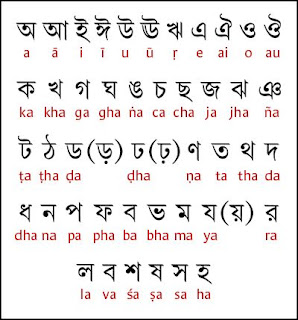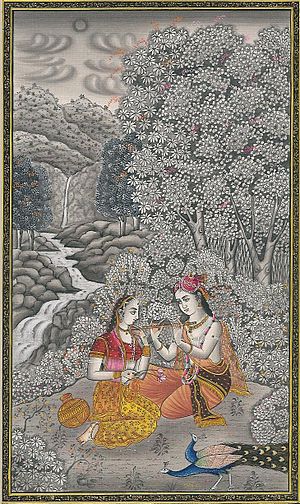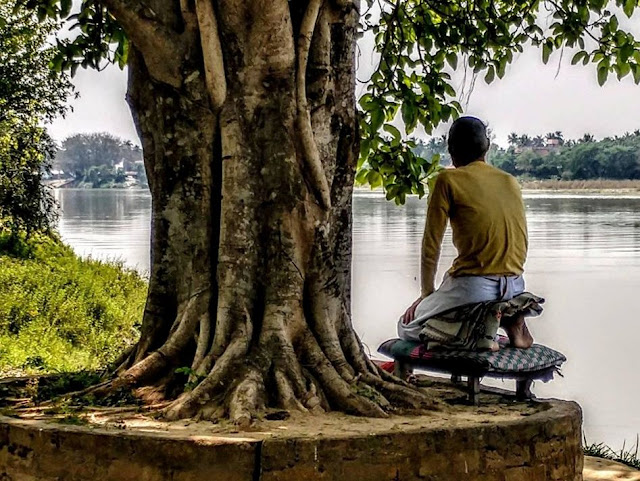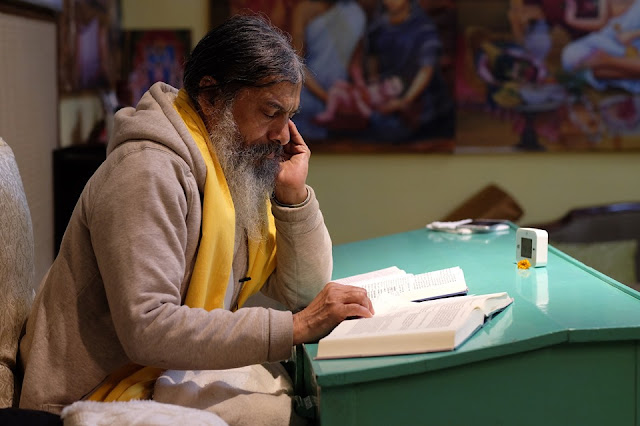Another Side of Bhaktivinoda Thakur 26 : Gadadhar and Gauranga's Yugal Upasana (I)
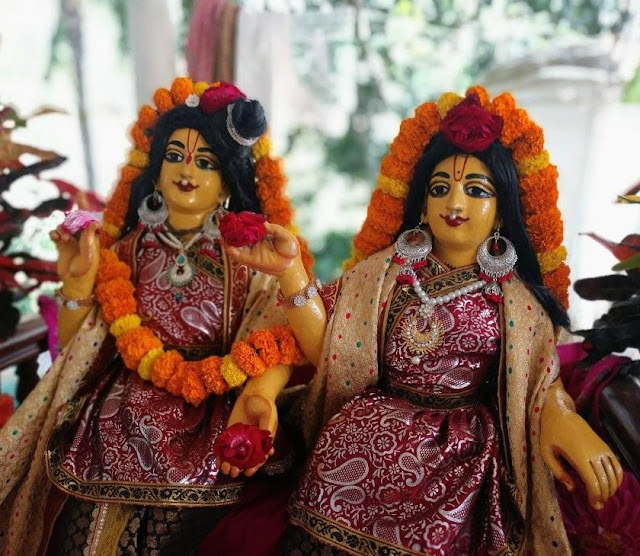
Gadadhar Praner Pran Gaura Gadadhara. In this chapter, Gadadhar Pran Prabhu explores some of the early poetry of the Gaudiya Vaishnava school that focuses on Gaura-Gadadhar worship. Please take note of the notes on Bengali pronunciation and transliteration HERE . Email gadadhar_das000@yahoo.co.in Chapter 26 Gadadhar and Gauranga's Yugal Upasana (Part I) After completing 25 chapters, now we come to our favorite topic—Gadadhar and Gauranga's yugal bhajan—which also happens to be Thakur Bhaktivinoda's life and soul—and the counterpart of Radha-Madhava's madhura upasana in Vraja. In this chapter some examples of their bhāvāḍhya worship will be given. Then in the next chapter we shall investigate what their rasātmikā worship entails. When we say bhāvāḍhya , this refers to the madhura bhavas of Nabadwip and Vrindavan that Gauranga and His bhaktas relish within their minds, when everyone remains in a male form. But when Gadadhar and his rasika bhakta
